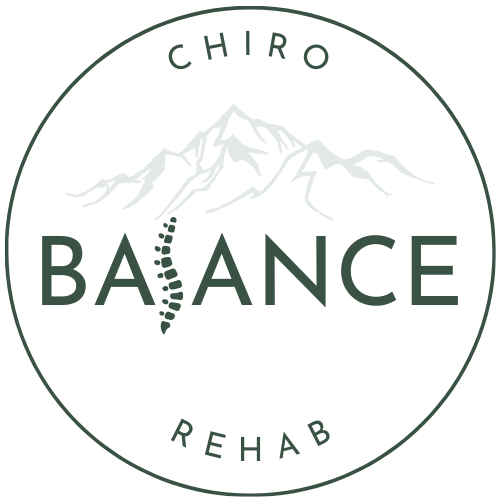Understanding Reflux and Spitting Up: What Parents Need to Know
Being a parent of a baby struggling with discomfort from reflux can be heart-wrenching. The constant crying, spit-up, and lack of answers can be so overwhelming, but there is hope! The magical combo of pediatric Chiropractic care, gentle body work, and Craniosacral Fascial Technique (CFT) can improve your baby's quality of life, decrease discomfort, and offer much-needed relief!
What is Infant Reflux?
Infant reflux is a common condition where the contents of the stomach flow back into the esophagus. This can lead to discomfort, irritability, frequent spitting up, torticollis, and even a delay in achieving milestones in babies.
What Causes Reflux in Newborns?
The most common explanation provided to parents is that a newborn has underdeveloped muscles at the lower end of the esophagus, which usually prevent stomach contents from flowing back up. The immature digestive system and a weak lower esophageal sphincter can absolutely be a contributor to reflux. However, there are a few other causes or contributors to reflux that are worth taking a look into:
Less than ideal feeding mechanics (ineffective seal around bottle or breast, inability to coordinate the tongue properly, clicking while feeding, poor positioning when feeding, etc.) which can cause ingestion of air and lead to reflux.
Preemies are more prone to reflux due to the frequency of being on their backs for longer periods. A decrease in side time can decrease “rounding” of the rib cage and can create more of a barrel chest. With this, there is less diaphragm depression and in turn, a higher likelihood of “leakage” upward.
Tension from torticollis can impact tension into the torso. A decrease in movement and an increase in compression in the can result in more upward pressure. This can be a real “chicken or the egg” situation since reflux can also lead to torticollis.
Symptoms of Infant Reflux
Short wake windows
Difficulty finishing bottle or prolonged feeds
Colicky
Moving, squirming and/or arching during feeds
Hates the car seat (rounding forward causes discomfort)
Intolerance to tummy time and laying on their back
Frequent hiccups or coughing
Preference lasting more than 3-4 weeks (especially trunk scrunched to the L and looking R)
Stagnation in milestone development
Last, but not least, SPIT UP
How does infant Chiropractic help reflux and how does Craniosacral Fascial Technique (CFT) help reflux?
Dr. Dani uses a combination of newborn Chiropractic, gentle bodywork, and Craniosacral Fascial Technique (CFT) when working with infant reflux. These gentle therapies focus on releasing tension and restrictions throughout the body. By releasing tension in the craniosacral system, CFT can help improve the function of the vagus nerve, which plays a crucial role in digestion and regulating the muscles of the digestive tract. This can be particularly beneficial for babies with reflux, as it helps to regulate the nervous system while addressing symptoms and long-term concerns associated with reflux. Getting baby into “rest and digest” mode can enhance the function of the digestive system, help your newborn, and promote better digestion.
At BCR, there’s a strong emphasis on addressing baby as a whole body and not just a concern, so Dr. Dani takes a fully body approach to addressing any compensation patterns caused by or contributing to reflux. This helps to ensure baby is feeling their best and able to move and function optimally. Dr. Dani also provides guidance for basic purposeful play to help promote healthy milestone development.
Infant chiropractic care can also help to weed out any underlying concerns as well such as poor feeding mechanics, oral ties, etc. and can provide recommendations for providers that specialize in theses areas such as IBCLCs, pediatric dentists, pediatricians, pediatric occupational therapists, etc.
